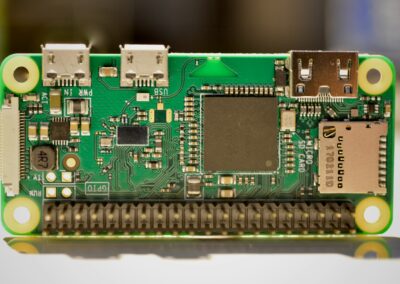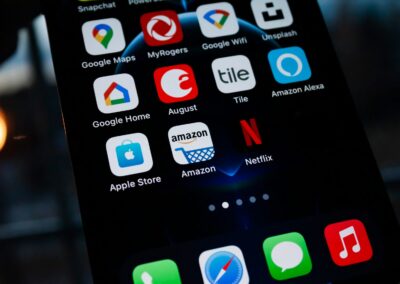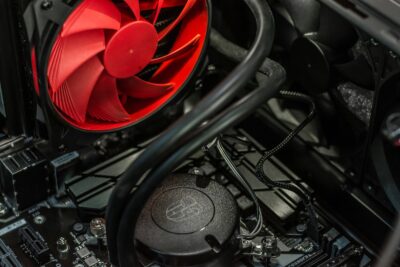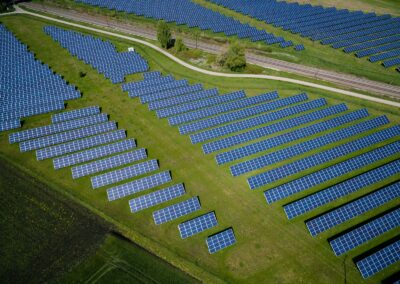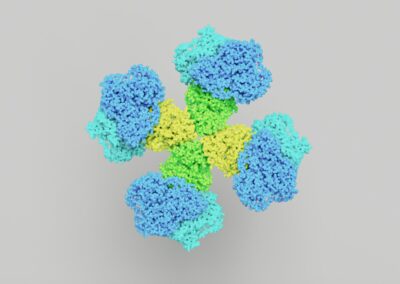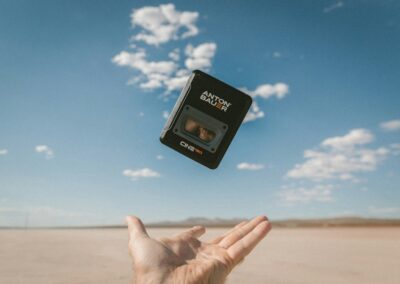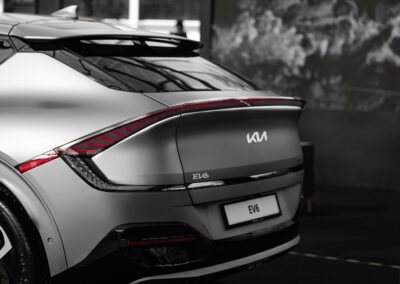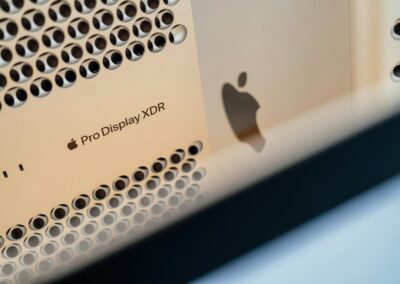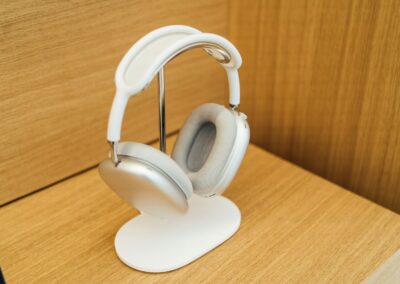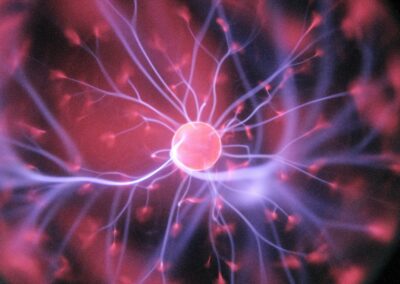Key Considerations in Selecting IoT Technologies for Business Success
IoT Connectivity Range and Power Consumption: A Critical Balance
IoT Connectivity Range and Power Consumption are two of the most crucial factors influencing the selection of Internet of Things (IoT) technologies, particularly in regions like Saudi Arabia and the UAE, where digital transformation is rapidly accelerating. Businesses aiming to implement IoT solutions must carefully consider how these factors will impact the efficiency and effectiveness of their operations. As the adoption of IoT devices continues to grow, understanding the trade-offs between connectivity range and power consumption becomes essential for making informed technology choices.
The connectivity range of an IoT device determines how far it can communicate with other devices or a central hub, while power consumption affects the device’s operational longevity, especially in battery-powered applications. For instance, in expansive regions such as the deserts of Saudi Arabia, where infrastructure can be sparse, selecting IoT technologies with a long connectivity range is vital. However, a longer range often comes at the cost of higher power consumption, necessitating a careful balance to ensure that devices remain operational for extended periods without frequent battery replacements or recharging.
In urban areas like Riyadh and Dubai, where IoT is increasingly used in smart city applications, power consumption is a critical consideration for devices embedded in infrastructure, such as sensors in smart traffic lights or air quality monitors. These devices need to operate continuously, often in challenging environments, making energy efficiency a top priority. Therefore, businesses must evaluate IoT technologies not only based on their connectivity capabilities but also on their energy profiles to ensure sustainable and cost-effective deployments.
Choosing the Right IoT Technology for Specific Applications
When selecting IoT technologies, it is essential to match the connectivity range and power consumption characteristics of the devices to the specific requirements of the application. For example, in the logistics industry, where goods are tracked across long distances, IoT devices with extended connectivity ranges are necessary to maintain communication with central systems. However, these devices must also be power-efficient to avoid frequent battery changes, which could disrupt operations and increase costs.
In contrast, in a controlled environment like a manufacturing plant, where IoT devices are used to monitor machinery, the connectivity range may be less of a concern. Instead, power consumption becomes the primary focus, as these devices need to operate continuously to provide real-time data without significant power drain. This scenario is particularly relevant for businesses in Saudi Arabia and the UAE, where manufacturing and industrial sectors are crucial to the economy, and downtime due to power issues can have significant financial repercussions.
Moreover, the choice of IoT technology should also consider the scalability of the solution. As businesses expand their IoT deployments, the demand for connectivity and power management will increase. Selecting technologies that can adapt to growing needs without compromising on connectivity or power efficiency is critical for long-term success. In regions like Dubai, where rapid urbanization is driving the adoption of smart city solutions, scalable IoT technologies that balance connectivity and power consumption will be key to sustaining growth and innovation.
The Impact of Connectivity and Power on IoT Deployment Strategies
Optimizing IoT Deployments for Different Environments
The implications of IoT Connectivity Range and Power Consumption extend beyond the initial selection of technologies and play a significant role in shaping deployment strategies. For businesses operating in diverse environments, such as the sprawling landscapes of Saudi Arabia or the densely populated urban centers of the UAE, optimizing IoT deployments requires a nuanced understanding of how these factors interact with environmental conditions.
In rural or remote areas, where connectivity infrastructure may be limited, IoT devices with long-range capabilities are essential. However, these devices often face challenges related to power supply, particularly in areas without reliable access to electricity. In such cases, businesses may need to invest in solar-powered IoT devices or energy-harvesting technologies that can sustain operations without relying on conventional power sources. This approach not only ensures continuous connectivity but also aligns with sustainability goals, which are increasingly important in the business strategies of companies in the Gulf region.
In contrast, urban deployments in cities like Riyadh and Dubai can leverage the existing connectivity infrastructure, allowing for the use of IoT devices with shorter ranges and lower power consumption. However, the high density of devices in these environments can lead to interference and connectivity challenges. Businesses must, therefore, carefully plan their IoT networks to minimize congestion and ensure reliable communication between devices. This may involve deploying a mix of short-range, low-power devices for local applications and longer-range devices for broader coverage.
Long-Term Considerations for IoT Technology Investment
Investing in IoT technologies requires a long-term perspective, particularly when considering the implications of connectivity range and power consumption. As IoT networks grow and evolve, the demand for connectivity and energy efficiency will only increase. Businesses must therefore select technologies that can adapt to these changing requirements without necessitating frequent upgrades or replacements, which can be costly and disruptive.
One way to future-proof IoT investments is by choosing technologies that offer flexibility in terms of connectivity and power management. For example, devices that support multiple communication protocols can switch between short-range, low-power modes and longer-range, higher-power modes as needed. This adaptability allows businesses to optimize their IoT networks for different use cases without compromising on performance or efficiency.
Additionally, businesses should consider the total cost of ownership (TCO) when evaluating IoT technologies. While devices with advanced connectivity and power management capabilities may have higher upfront costs, they can offer significant savings in the long run by reducing the need for maintenance, battery replacements, and network upgrades. In a competitive business environment like that of the UAE and Saudi Arabia, where efficiency and cost-effectiveness are paramount, investing in the right IoT technologies can provide a strategic advantage.
Conclusion: Navigating the Future of IoT with Connectivity and Power in Mind
As the IoT landscape continues to expand, the importance of understanding the implications of IoT Connectivity Range and Power Consumption cannot be overstated. For businesses in Saudi Arabia, the UAE, and beyond, selecting the right IoT technologies requires a careful balance between connectivity capabilities and energy efficiency. By considering these factors in the context of their specific operational environments and long-term goals, businesses can develop IoT solutions that not only meet current needs but also support future growth and innovation.
Ultimately, the success of IoT deployments depends on making informed decisions that align with the strategic objectives of the organization. Whether in the deserts of Saudi Arabia or the bustling streets of Dubai, businesses that prioritize connectivity and power management in their IoT strategies will be better positioned to lead in the digital age. With the right approach, IoT can become a powerful tool for driving business success, enhancing operational efficiency, and supporting the broader goals of digital transformation.
#IoTConnectivity #PowerConsumption #DigitalTransformation #BusinessSuccess #SaudiArabia #UAE #TechnologySelection #IoTSolutions #SmartDevices














